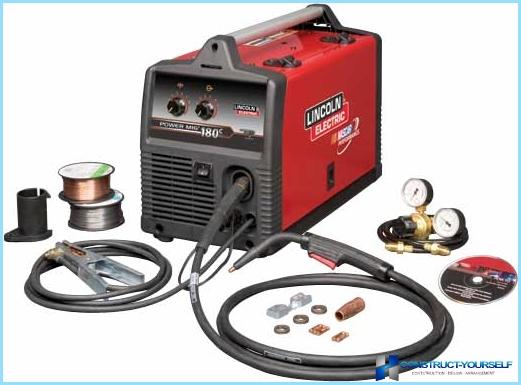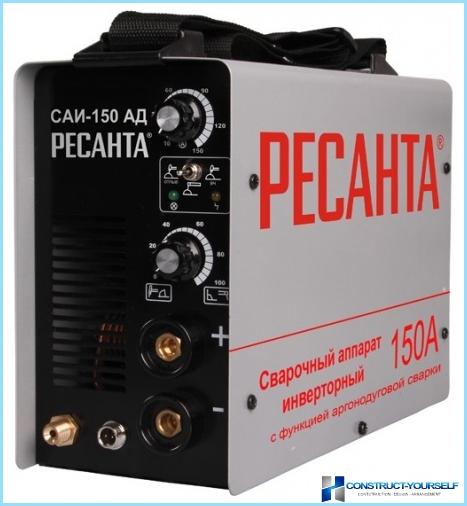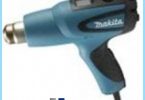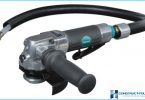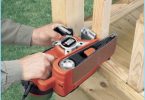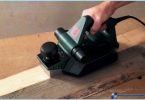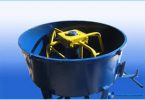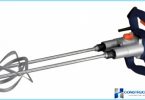The contents
Welding is the most reliable method of joining metal parts to each other. This method is reliable, durable, economical, is widely used in manufacturing, construction and repair, in the home, for works on private land and so on. In our days, when the welding apparatus is widespread and have become almost essential for any home worker, it is important to choose a reliable and high quality device.
The types of welding machines ↑
There are four basic types of welding machines.
- Transformer welding machines of alternating current. Durability, reliability, low cost, simplicity of design, making them the most common devices. Used mainly for welding steel and cast iron parts overlap and the joint;
- transformer welding machines DC, otherwise known as welding rectifiers. The main difference with apparatus of the alternating current is available on the output of the thyristor or diode rectifier. Welds obtained with this machine, higher quality at the expense of arc stability. Used welding rectifiers for working with ferrous and non-ferrous metals, stainless steel. Practically applied in life, are common in industry;
- semi-automatic welding machines for welding in a gas environment. More complex and expensive devices. Consist of power supply (transformer, diode or thyristor rectifier, inverter) of the drive flux, or metal wires, control unit and the burner. Depending on the model can run without gas, only gas or can weld both methods. Output current semiautomatic welding machines adjustable speed. Rarer model with smooth adjustment. The wire feed speed, as a rule, is also regulated. Depending on the welded material selected gas. This can be argon, carbon dioxide or a mixture thereof. For welding without gas using flux wire. Widely used in car repair, including bodywork. Single-phase devices of this type suitable for work on the house and home;
- inverter welding machines (welding inverters) are the most expensive, modern and high-tech devices. These devices provide high welding quality, compact, and works even with unstable voltage in the supply network, is much easier than welding machines of previous generations (the mass of the welding inverter is about 3-4 kg).
There are several subtypes of inverters:
- inverters for arc welding;
- semi-inverters;
- combined inverter welding machines.
The last device is capable of producing all types of welds are the most functional, while remaining compact and lightweight. Despite the price, inverters are the most popular, they often choose to work at home and at the cottage.
Main characteristics of welding machines ↑
When choosing a welding machine is first necessary to pay attention to its basic parameters:
- input voltage. Can be three-phase (380 V industrial or professional models) single phase (household options are usually designed for a voltage of 220 V). If the welding machine is not equipped with a stabilizer, the increase in voltage causes an overload and shutdown of welding equipment, the reduction, however, leads to a fall in output parameters;
- the idle voltage or the output voltage without load. Typically 45 – 70 V. This feature you must consider when choosing electrodes, different types designed for different voltage. The higher the voltage, the easier it lights up the arc, stable burning it, consequently higher quality.
- output current. In models designed for residential use, this parameter typically varies from 10 to 250 And in professional about 500 A. adjustment of output current is controlled in steps, at least smoothly. The higher this value, the wider the possibilities of welding equipment. The model with the greatest output current performance, can be used for more complex work. In the selection of consumables (electrodes and wire) also draw attention to this feature. For example, rutile electrodes melt at lower values of output current, the main (fluoride of calcium) – at large;
- The maximum or minimum diameter of the electrodes (for semi-automatic machines – wire). This characteristic determines the thickness of the material with which the device can operate the. For most welding jobs at home or at the cottage ample diameter of 2-3 mm. the thickness of the electrodes varies from 0.5 mm to 6 mm. In semi-automatic wire is used, wound into coil. Its diameter is 0.6-1.2 mm. the diameter of the wire depends on the thickness of material which can be semi-automatic.
The choice of supplies ↑
From the selection of consumables (electrodes for the transformer and inverters, wire for semi-automatic) depends directly on the quality of welding. Electrodes vary in diameter, surface, polarity, material, type, current. The most important characteristics are the diameter and coating. Produce electrodes with fluoride-calcium (primary), cellulose, acid, rutile-coated.
To the house and garden is sufficient to use a fluoride-calcium (main) and rutile electrodes, they are suitable for most common household jobs. The use of basic electrodes give a higher weld quality, however, they need a more powerful machine with open circuit voltage of about 70 V. In the literature it is easy to find recommendations for selection of types of electrodes for different metals.
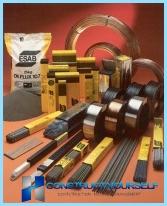
Recommendations on selection of welding machines ↑
After determining the most suitable for the home and garden type of welding equipment, match the expected work of its main characteristics, the final selection should also pay attention to a number of important parameters.
The protection class. Welding machines, like any electrical equipment, be sure standartizatsiya protection class from external factors. The passport specifies a two-digit index IP. IP power sources welding machines is usually 21-23. The first digit, in this case two, means that the inside of the case will not get foreign objects with a diameter greater than 15 mm. the Last figure shows the waterproof. Unit, for example, means that a vertically falling drops of liquid do not get inside. Three – water falling at an angle of 60°, will not cause the electrical parts no damage. Before you choose a welding machine, it is necessary to assess the conditions in which you will have to use it.
The duration of working time (PDF). Duty cycle welding machine, expressed in percentage, i.e. how much time it needs to work, how to relax. Domestic developers are based on 5 minute, and 10. For example, if the passport specified PRV 40%, after 4 minutes of continuous operation the protection is activated, and the European production will shut down automatically. Then to continue working will be possible only after 6 minutes. Note that the specified by the manufacturer of the duration of working time is strongly dependent on the ambient temperature, different developers expect the PDF to a different temperature. So, some firms are calculated to a temperature of 30-40°, while others are based on air temperature of 20-25°. Despite the same values of the PDF calculated for a higher temperature environment, the machines will be much tougher. If the choice is to note that PRV is specified for the different values of output current. When small values of PRV can reach 100%.
Power supply from generators. If a network connection is impossible, for example, during fieldwork, you should choose welding equipment with this feature.
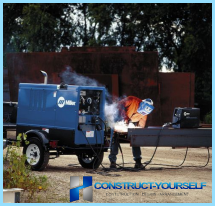
For the home and garden it is better to choose inverter type. They are more easy to work, resistant to voltage drops in the network, allows to obtain welds of high quality even if the operator is not a professional. Choose preferably a model with 20 to 30 percent margin on all main characteristics.
Read more about the choice of welding machines for the home and garden video:


